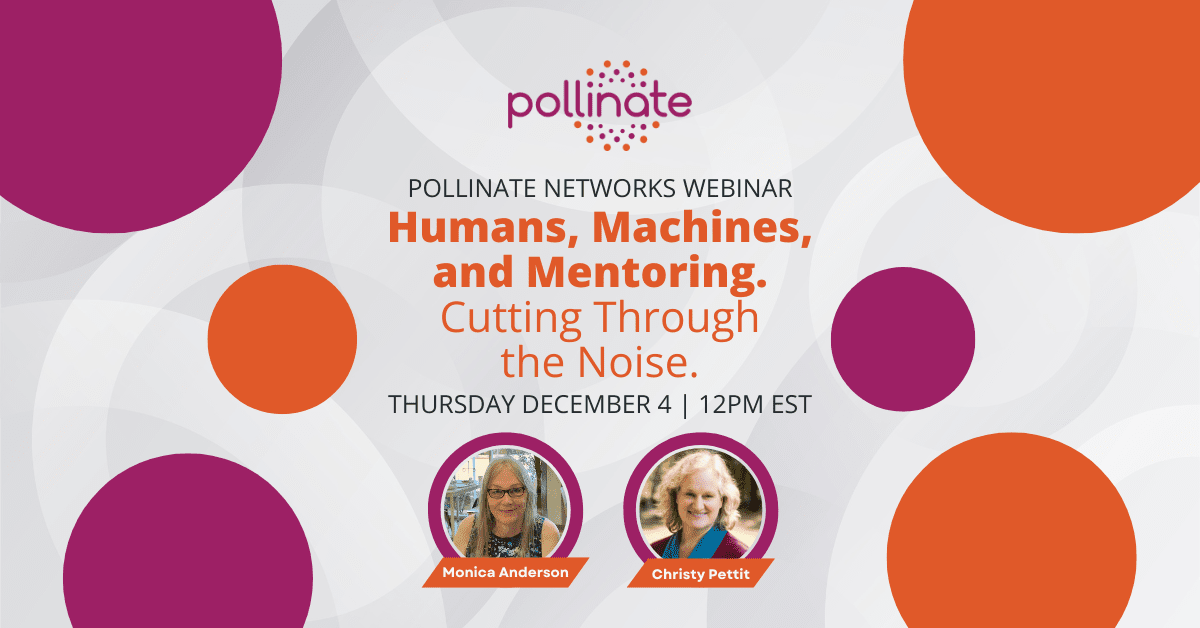
Christy Pettit
The COVID-19 pandemic has turned the workplace upside down. Many people who did their work in offices have been forced to adapt to a completely different environment, which usually means they now work from home or some other remote location. Traditional workplace culture and workplace collaboration have been disrupted, and it will never be the same.
People have had more than a year of working away from the office and realizing that they don’t have to physically be there in order to accomplish their tasks. This means we will most likely never return to full-time office settings after the pandemic is over. We believe that the best-case scenario in the business world is a hybrid workplace model, with people working in the office sometimes, and remotely at other times.
However, this transition poses a challenge for workplace collaboration, employee engagement, productivity and other factors because much has been lost with the lack of physical presence in the workplace. Businesses have encountered problems that have arisen from this dramatic shift. At Pollinate, we’re aware of these problems and we have strategies to help overcome them. Let’s look at some of the most prevalent issues we’re hearing about and seeing:
Productivity
The ability to produce an item or a service in a workplace environment relies on communication, and in a situation where traditional communications have been disrupted, it’s no surprise that productivity has taken a hit.
Workplace communication before the pandemic was often organic and spontaneous – if you wanted to chat with a colleague, it was as easy as stopping by their desk or meeting them at the water cooler. You would share thoughts and ideas, and you would give and receive feedback. That’s cross-pollination.
Now, if you want to speak with someone at work, you have to set up a call or a Zoom meeting. Communication is no longer a natural, unplanned thing. It actively disrupts the workday, which would be bad enough for productivity on its own. When the frustration of seemingly endless Zoom meetings sets in, it magnifies the problem.
Managers and CEOs who are unable to observe the workplace culture cannot properly direct it. They don’t have the same access to their subordinates, so they respond by demanding high-frequency audits, i.e., reports, that tell them what’s going on. They feel that this will give back a measure of control that the pandemic has taken away from them, but, again, this takes the employees’ focus away from their assigned tasks and negatively impacts productivity.
Is there a better way to support workplace culture, employee engagement and productivity through virtual cross-pollination? Can bosses still keep their finger on the pulse of the operation in a virtual environment? We believe so. Our cross-pollinating platform is built around our proprietary matching algorithms, which we use to form and reform teams, and to match people for mentorship programs and other applications. It enables organizations to bring people together in deliberate ways to recreate the kind of organic knowledge sharing that drove productivity before COVID-19 changed everything.
Mentorship is a proven strategy for cross-pollinating culture, knowledge and new skills across silos and management levels. Also see 3 Reasons Diversity Programs Fail (and One Strategy that Works).
Capacity
Research and our own experience tell us that virtual collaborative work now generally takes about 50% more time than it took pre-pandemic.
It’s easy to stay focused if a group of people are all in the same physical space and actively working toward a common goal. Smaller strategic meetings within the larger space are often both accepted and expected. We know that this kind of ambient work culture gets results. Unfortunately, Zoom etiquette seems to frown on these normally productive side conversations, so a lot of virtual collaboration simply hasn’t worked to the same degree.
A 50% increase in the time it takes to accomplish a task puts too much strain on our capacity, and what if you have to go through a high-frequency audit (i.e., write a report) explaining why, in addition to everything else you need to do? This overload can have ramifications that go beyond productivity issues.
Fortunately, though, it doesn’t have to be this way even in a virtual work environment. The strategic cross-pollination that we specialize in helps to socialize best practices and keep a group of people moving forward even in the virtual space. This builds capacity, rather than depleting it. Work can be done and key messages can be agreed upon and disseminated as before.
Employee Engagement
As we know, if people and teams are not brought together strategically and deliberately in order to collaborate effectively, they may well be just wasting their time.
Managers will often build teams with the best of intentions, based on a variety of factors. Perhaps a group of people worked together well before the pandemic, so they are brought back together again based on that experience. But times and the workplace culture have changed, and some people who did perform well on a traditional team can’t successfully make the transition.
This shouldn’t be a surprise when we consider that the length of a Zoom call can have a direct and significant impact on the productivity of that call. That’s why it’s imperative to make good choices when building a virtual team, because just one person can wreck that team if they’re a poor fit. Accountability can easily if unintentionally be neglected in an online environment; if a person is feeling disconnected from the group for any reason, or if someone willfully checks out and gives up any pretense of caring about the outcome, the group cannot help but be impacted, and it will have a hard time being successful.
Gut instinct when building a virtual workplace culture isn’t good enough, and that’s where we come in. You tell us what you want to accomplish in your teams, and we’ll use our proven Cross-Pollinate AI smart matching solution, based on validated algorithms, to get the right people into groups for the right reasons.
Mental Health
Let’s face it – we’re all doing the best we can to navigate the still-uncertain realities of the pandemic and the pressures that have accompanied it. Everything we’ve already addressed here can have a negative effect on mental health, and there’s more we haven’t looked at yet.
More than a year after the pandemic began, shuttered offices and stay-at-home orders mean that people are still working where they live and still living where they work. A healthy work-life balance was important to maintain pre-COVID, and that’s when people could at least count on a physical separation between the two, not to mention family or recreational activities that could drag our attention away from our emails and the responsibilities in the office.
That separation and those activities are hard to find now, and things won’t get easier. Working from home, even in a hybrid model, is going to be very much in our future just like it is in our here and now. People know this – they are keenly aware of and in many cases preoccupied with their mental health. And this is a good thing, but only if it leaves room for the job itself.
Managers struggle too, in a different way. We’ve encouraged the notion of “bringing our whole selves to work,” but we haven’t necessarily equipped supervisors to be able to deal with what that means. They’re expected to be sensitive to the needs of their subordinates, but they also bear the responsibility of keeping people focused on work. When the work doesn’t get done, CEOs want to know why.
Our solution can help with this as well. Managers and CEOs need strategies around things like workplace support groups and knowledge collaboration. It’s crucial that they also know how to effectively set boundaries. Employees can expect that while work is a safe place for them to be authentic, it’s also a workplace, and that means work is to be done there.
Remember that a positive and effective work culture is still attainable in these trying times. Cross-pollination of the right people at the right time is the key to solving these problems to build communication, culture, and capacity in your organization.
Also see Christy’s article, Building Culture for a Virtual Workforce, on LinkedIn.




